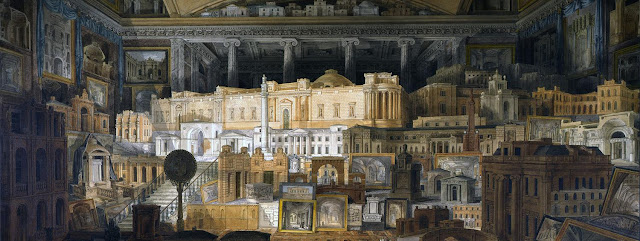Valuing the Process of Art, Design and Craft

In an era of fast fashion, off the peg products, instantaneous apps and financial austerity, the process of research, development and prototyping of ideas can sometimes be viewed as a questionable luxury. Art, design and craft processes are often concealed from the public gaze in favour of the finished object. As designers, we perhaps undervalue the work we make during the research and development phase work by disposing of notes, sketches and models following the completion of a project. During the process of making work failed protypes are discarded, digital files constantly over-written with improved versions and creative conversations undocumented so that all that exists are successful outcomes.
Exhibitions and museums can provide invalueable research into making. Sometimes the most interesting works on display are the sketch books, models, samples and prototypes that have informed the artistic or design outcome. As professional practitioners we can share notes on processes of working and learn from these. Opportunities to display our research and development processes within our commissions and exhibitions have been a rarity but there appears to be a current resurgence in process-driven commissions and exhibitions. In 2018, a London exhibition of props and models used within the making of Wes Anderson's movie 'Isle of Dogs' proved so popular that it had to be extended beyond its' original run and attracted 40,000 visitors.
The block-buster exhibition 'David Bowie Is' (2013-18) included numerous displays of Bowie's rarely seen sketchbooks, notebooks and paper emphemera compiled during his career. These process works demonstrated the high level of research, creativity, experimentation and refinement that inspired his innovative work.
Art, design and craft training places an emphasis on the importance of initial research to develop design thinking and technical processes involved in making work. This approach embeds research and development as the first phase within the making process. Whereas art schools value this process, our own experience of professional practice and commissions is that clients and commissioners often downplay, downgrade or entirely remove research and development moving straight to the making of an object, installation or product. Common ideas associated with contemporary technology have led to misunderstandings that a button can be pressed so that work magically appears, ready-made and fully formed that leapfrogs any prior preparation or development. It is noteworthy that artists, such as Marcel Duchamp, famous for innovating the re-purposing of existing objects to transform them into objet art would have devoted long periods to formulating their ideas before arriving at their artistic outcomes.
.
Our attempts to share these processes with commissioners, who are often not artists, designers or craft makers, can sometimes generate an anxious response when work-in-progress is presented. Comments such as, 'Is this what I'm going to get?' when looking at initial rough prototypes has made us sometimes reluctant to share early ideas for fear of misunderstandings arisings. The mid twentieth century designers Charles and Ray Eames adopted a precautionary working policy of not disclosing their process to clients.These scenarios maybe highlight the inability of the wider public to successfully visualise what a finished piece of work will be in advance of its' physical completion. To the outside eye, research and development can seem an intangible and transitory stage of work that can be minimised without impacting on the finished piece. Personal experiences have reinforced the lack of understanding into the importance of research and development for directing the project outcome. Within our current era of budget cuts requests for free work, unpaid time as well as reduced research and development time on technically ambitious projects have been normalised. The question we have as contemporary practitioners is how to communicate the value of research processes within art, design and craft.






Comments
Post a Comment